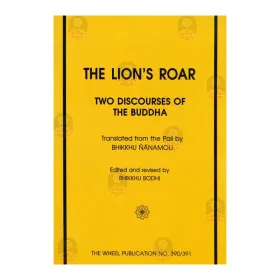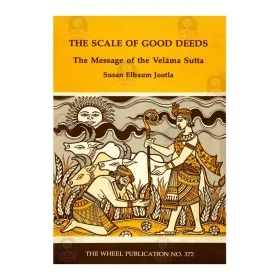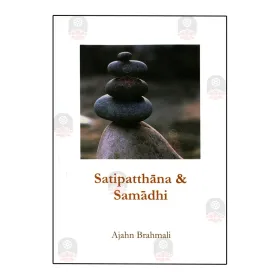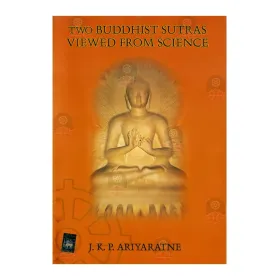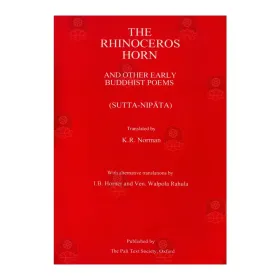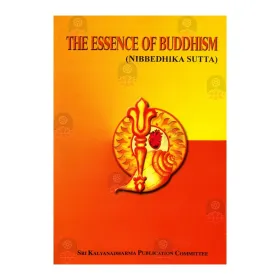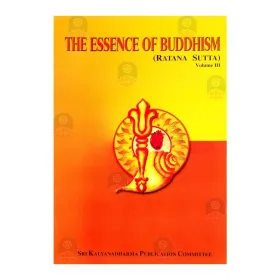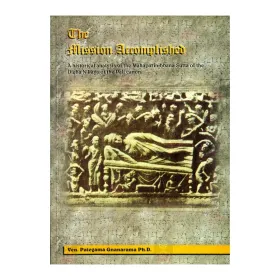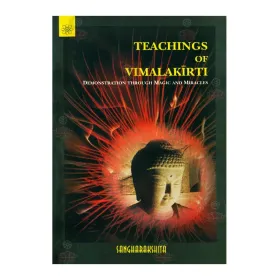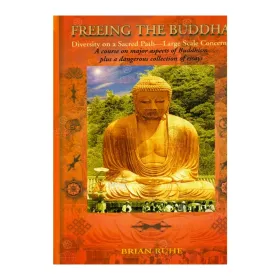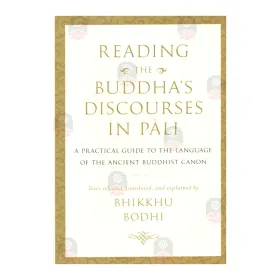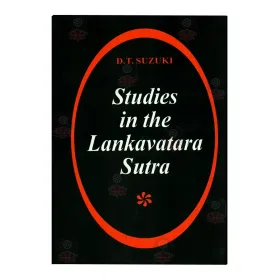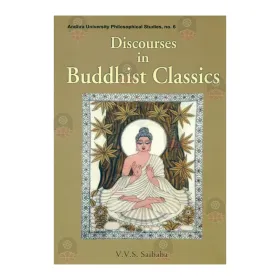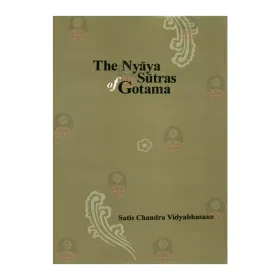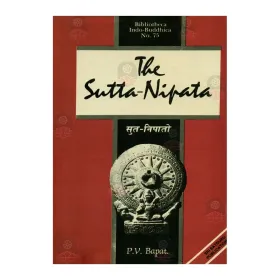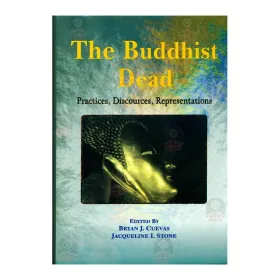The Lion's Roar - Two Discourses Of The Buddha
In the Pali Canon the Buddha often compares himself to the lion, the king of beasts, and one of the epithets the Buddhist tradition ascribes to him is Sakyasiha, the lion of the Sakyan clan. The Buddha describes his proclamation of the Dhamma as his " lion's roar," a designation the commentaries say implies the qualities of supremacy, fearlessness, and unchallengeable ness.
The two sutta were originally translated by the eminent English scholar-mon, Bhikku Nanamoli, in his draft translation of the entire Majjima Nikaya. The translations have been edited and revised by Bhikku Bhodi, who has also provided introductions and notes.
The two sutta were originally translated by the eminent English scholar-mon, Bhikku Nanamoli, in his draft translation of the entire Majjima Nikaya. The translations have been edited and revised by Bhikku Bhodi, who has also provided introductions and notes.
Rs 40.50
Rs 45.00

